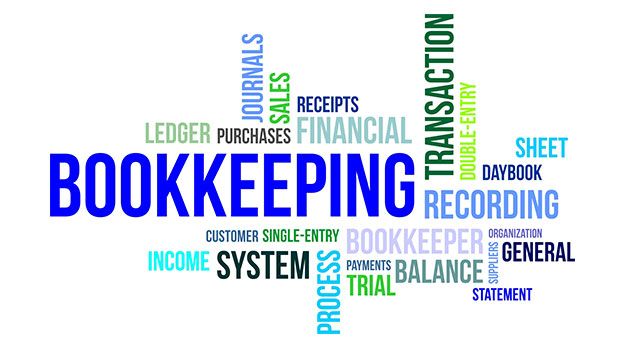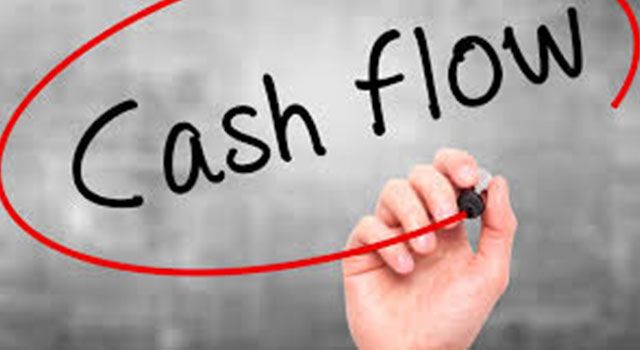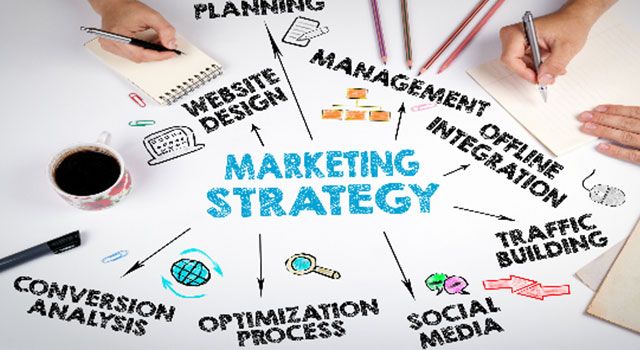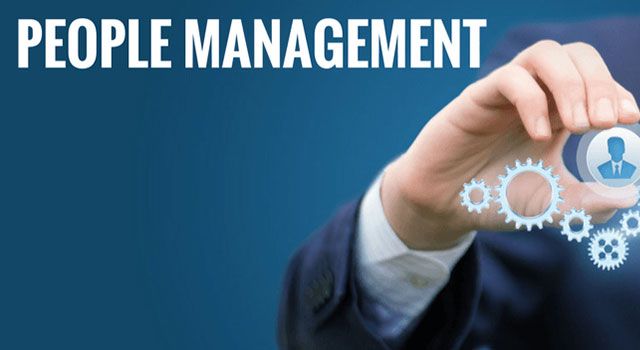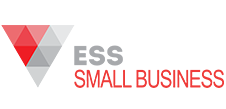Tax Incentives For Early Stage Investors
Issue 0059
The Early Stage Innovation Company legislation which commenced operation on the 1st July 2016 gives small/medium enterprise operators, inventors and young companies that have been involved in research and development, have been a participant in Accelerating Commercialisation Grant Program, have already received capital investment from arms-length investors of $50,000 or more; or if you've already registered a patent, a plant patent, an innovation patent or a registered design, or you are a business that has developed a new product, process, service, marketing or organisational methodology. So that's a very broad aspect of business operations.
If you've been involved in any of those things, then you are potentially an organisation that could be deemed to be an Early Stage Innovation Company.
The Early Stage Innovation Company legislation, which commenced operations from 1st July 2016, has introduced significant taxation benefits for investors. There is a 20% tax offset based on the amount of the investment and a capital gains tax exemption.The tax offset maximum amount is $200,000 for sophisticated investors. A sophisticated investor is someone who has net assets of $2.5M and who has earned, at least, $250,000 in each of the last two years and their accountant has signed a statement to that effect.A retail investor is entitled to a maximum tax offset of $10,000, but the maximum investment that a retail investor can make into an ESIC is $50,000.The capital gains tax exemption applies if the shares are held for longer than twelve months and less than ten years, then a complete capital gains tax exemption applies on that investment.From an investor's point of view, the taxation benefits appear to be substantial.For a company to qualify as an Early Stage Innovation Company, it has to pass two out of three tests.The first test, which we've called the Provisional Test (because the government didn't give it a name) relates to whether the company has been incorporated in the last three, or in some cases, six years, whether the company has had assessable income of less than $200,000 last year, whether the company's expenditure was less than $1M and there is a complete ban on the company being listed on a stock exchange anywhere in the world.If the company satisfies those tests and keeps the supporting evidence, the company has passed the first test.The second test is the Gateway Test. There are seven separate items that are considered under the Gateway Test and the company can earn points for achieving satisfactory results under those subjects.
These subjects include:
- research and development expenditure as a percentage of the company's total expenditure
- whether the company has participated in Accelerating Commercialisation Grant Program
- whether the company has already raised $50,000 or more from arms-length investors
- whether the company has already registered a patent, plant patent, innovation patent or registered design
and a couple of other items.
If the company has earned 100 points or more from those subject questions, then the company has self-assessed to be an ESIC, but very importantly, the company must have prepared full supporting evidence. It's just not a matter of ticking the box; they have to have supporting evidence that they can submit to you as an investor or, more importantly, as part of the investment process, they have the supporting evidence ready to go to the Australian Taxation Office and AusIndustry because ultimately, the ATO is the final arbitrator as to whether a company has passed the ESIC tests.
Now if a company cannot pass the Gateway Test, it then moves into the Principle Based Test. The Principle Based Test is looking for five questions to be answered in the affirmative, but with a supporting commentary to be prepared for each of those questions.
The questions basically relate to:
- has the company got the intention of commercialising a new product, process, service, organisational or management system
- the company has the ability to be scaled
- it has a competitive advantage, that it can be promoted and marketed beyond the local market that it's been developed in
and a couple of other questions.
So that is the Principles Based Test.
Now if the company is able to answer the appropriate questions and file the supporting evidence, the company is able to self-assess as an ESIC.Unfortunately, these taxation advantages are not available to all investors. The benefits of the tax offset and the capital gains tax exemption are only available on the original shares issued if the shares are owned by an investor who is a widely held company, such as a public company or a subsidiary of a public company, are not able to receive these benefits and nor is an investor who owns more than 30% equity in the Early Stage Innovation Company.
That is the background to the incentives. In my opinion these are significantly better than what an investor obtains from investing in a company that has been incorporated under Section 708 of the Corporations Code; but that is up to your individual judgement and obviously only companies that are active in the innovation space are going to be an Early Stage Innovation Company. If that is the type of company that you're looking for, that's the background to the assessment process.
Accountants/Advisors can Assist
Accountants who have subscribed to our products will be able to assist you in achieving this.
If you'd like to make contact with an accountant who is committed to assisting small/medium enterprises, whilst you're on the ESS Small Business website, click on "Find an Accountant/Advisor". All you have to do is insert your postcode and the system will identify accountants/advisors in, or near, your postcode who are prepared to assist you on business development journey.






